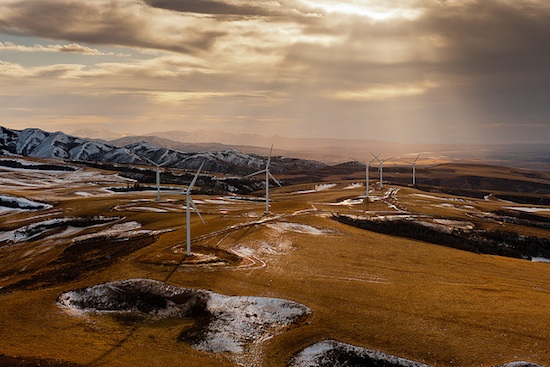All summer long we’ve seen good news for renewable energy in the Northeastern United States. Massachusetts, New York, Rhode Island and Washington, D.C. all passed new legislation that will help bring more low-cost wind energy online, creating a cleaner future for one of America’s most populous regions.
This follows a recent trend of states driving demand for new wind power capacity, as they look to increase their share of affordable, clean electricity. And it isn’t just state leaders who want more wind power– Americans across the country want to see more of it too, with support for wind energy at an all-time high. This is just as true in the Northeast as the rest of the county. For example, a recent poll from the Nature Conservancy found 89 percent of New Yorkers support wind energy.
But what about the technical challenges involved in getting people from New England to the Mid-Atlantic the clean energy they want? As Vox’s Dave Roberts explains:
“The power grid in the Eastern US, known as the “Eastern Interconnection” (EI), is a technological marvel: an impossibly large, sprawling, and complex machine that’s been operating continuously for over a hundred years, now serving around 240 million people. When considered together with the Canadian EI, it forms what the National Renewable Energy Laboratory calls “the largest coordinated power system in the world.”
Here’s one view of what this complex system looks like:
The National Renewable Energy Laboratory (NREL) recently examined the question of whether or not the Northeast can handle generating a large share of its electricity using renewable energy. The findings will come as good news to all of the wind power fans out there: the answer is yes.
NREL’s study concluded the Northeast could reliably and affordably obtain 30 percent of its electricity from wind and solar within the next 10 years using today’s technology and tools. No new breakthroughs would be required to hit that mark. We’ll dig deeper into NREL’s report in a post coming soon, but for now, here’s a video from NREL explaining just how that goal can be achieved.



